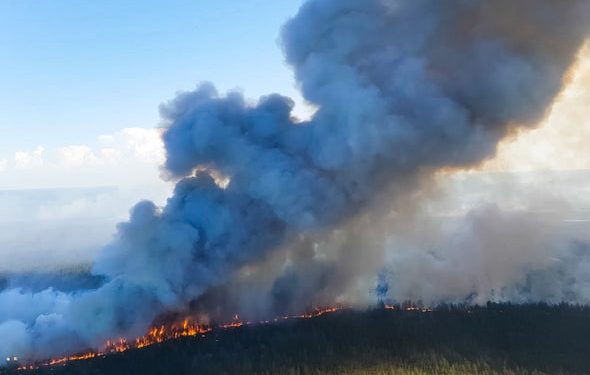2020 may be the year everyone wants to forget because of the pandemic of coronavirus.
And also 2020 has been one of the hottest on record.
The World Meteorological Organisation (WMO) said it has been another extraordinary year for the climate, with heatwaves, wildfires, hurricanes, and floods compounding the threat of coronavirus.
At that time, the average global temperature in 2020 is set to be around 1.2C (34.2F). Ice continues to melt, sea levels are rising and extreme weather is creating floods, droughts, and wildfires.
According to the assessment in the provisional report on the state of the global climate from the WMO, it puts it on track to be one of the three hottest years on record.
The hottest year on record, 2016, saw a strong El Nino event, a climatic pattern in the Pacific ocean which pushes up global temperatures on top of the impact of climate warming caused by humans. The past decade has been the hottest in temperature records stretching back to 1850, with the warmest six years on record all occurring since 2015.
There is a one in five chance that global average temperatures will temporarily exceed the threshold of 1.5C (34.7F) above pre-industrial levels by 2024.
The Siberian Arctic was 5C (41F) hotter than normal this year, while heatwaves led to new temperature records in Australia, the Caribbean, and places in Israel and the Middle East. Floods affected millions across the world, while drought-hit South America and the US, where widespread dry conditions and extreme heat fuelled the largest fires ever recorded in the country in later summer and autumn.
There were double the average number of tropical cycles in the North Atlantic and 10 million people were forced from their homes by floods and storms in the first half of the year – mostly in South and Southeast Asia and the Horn of Africa.



